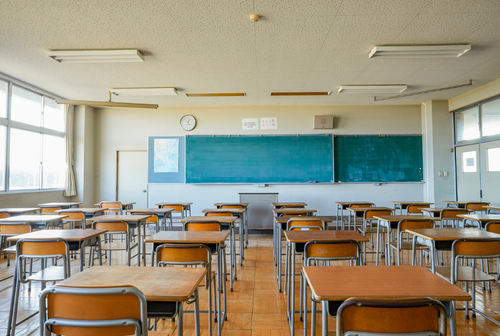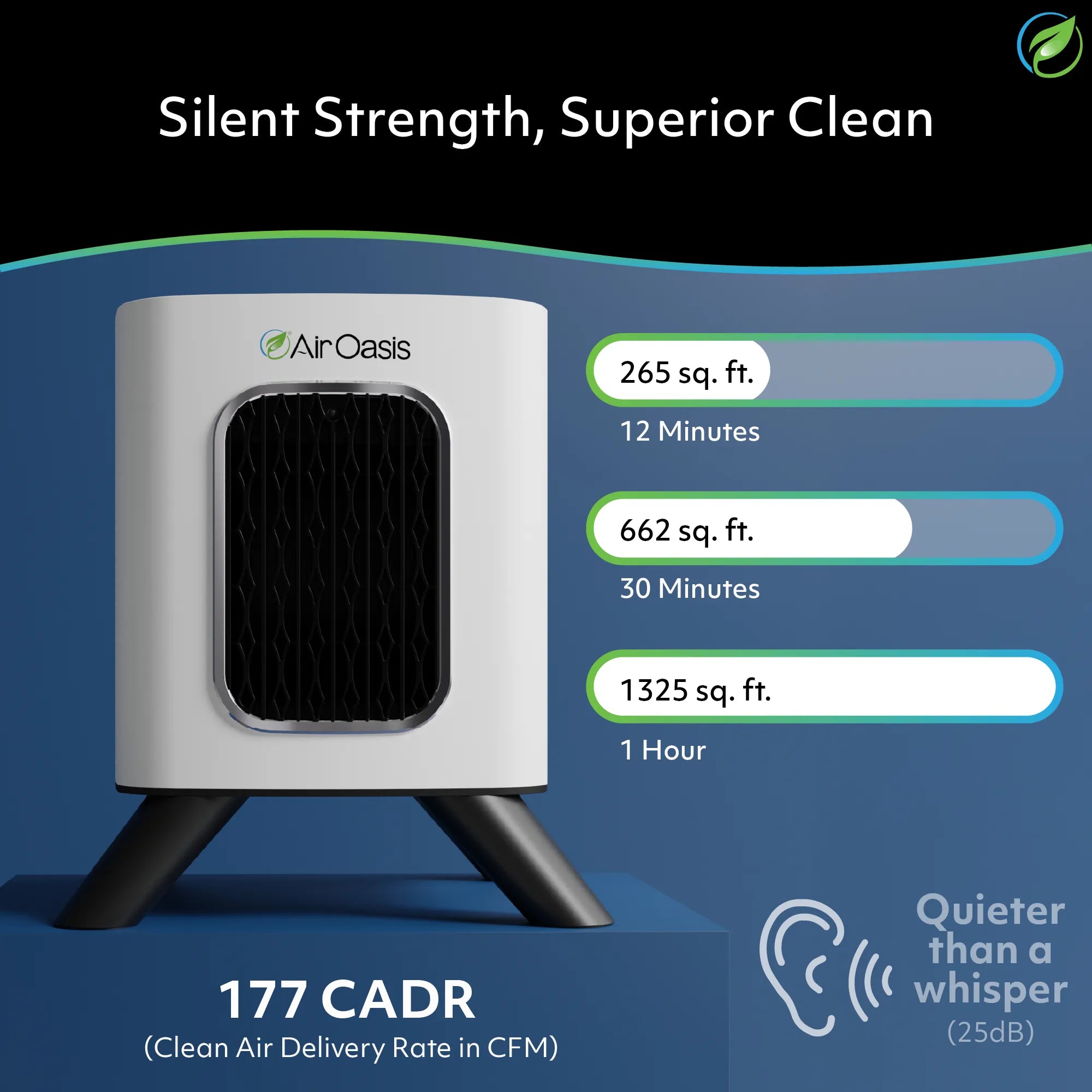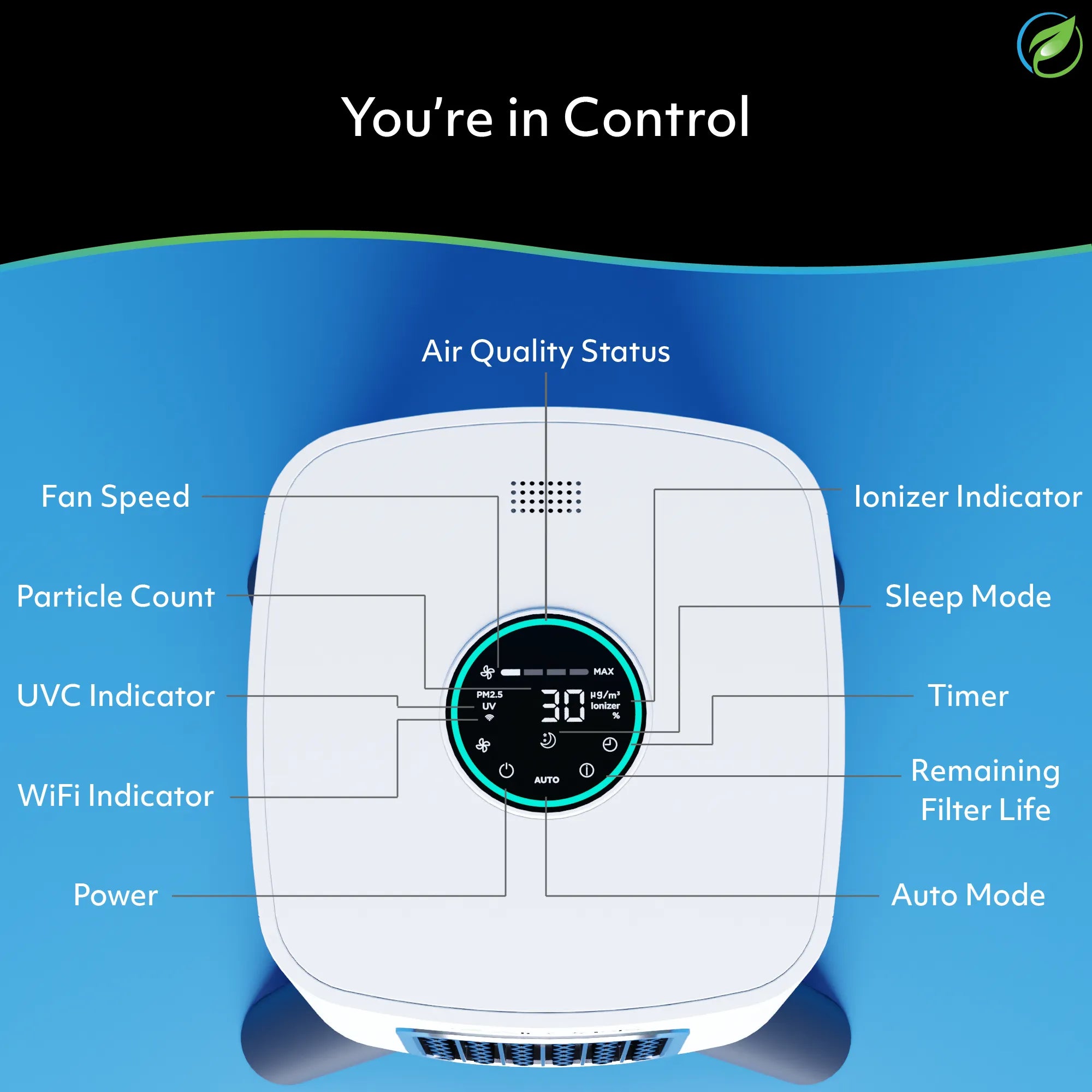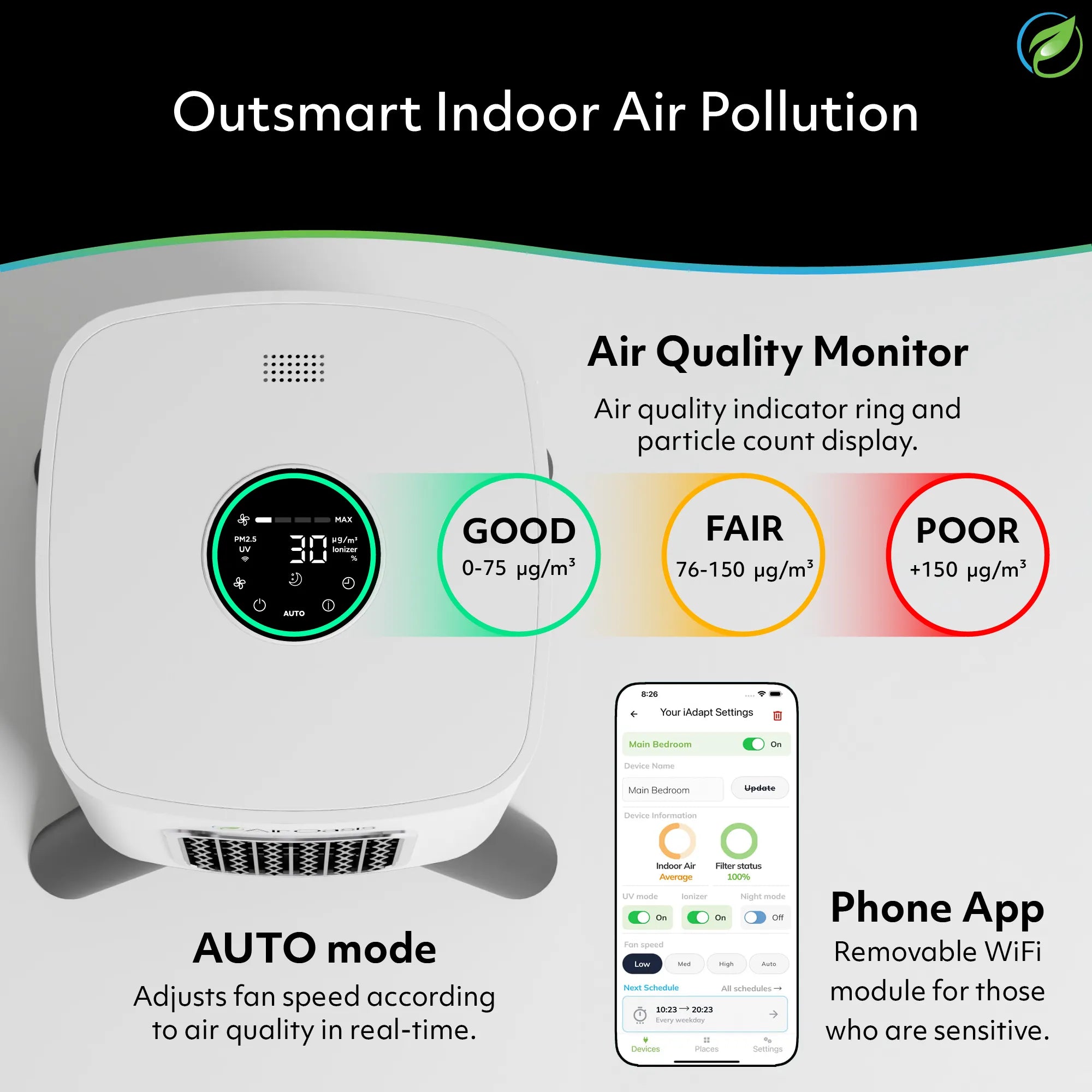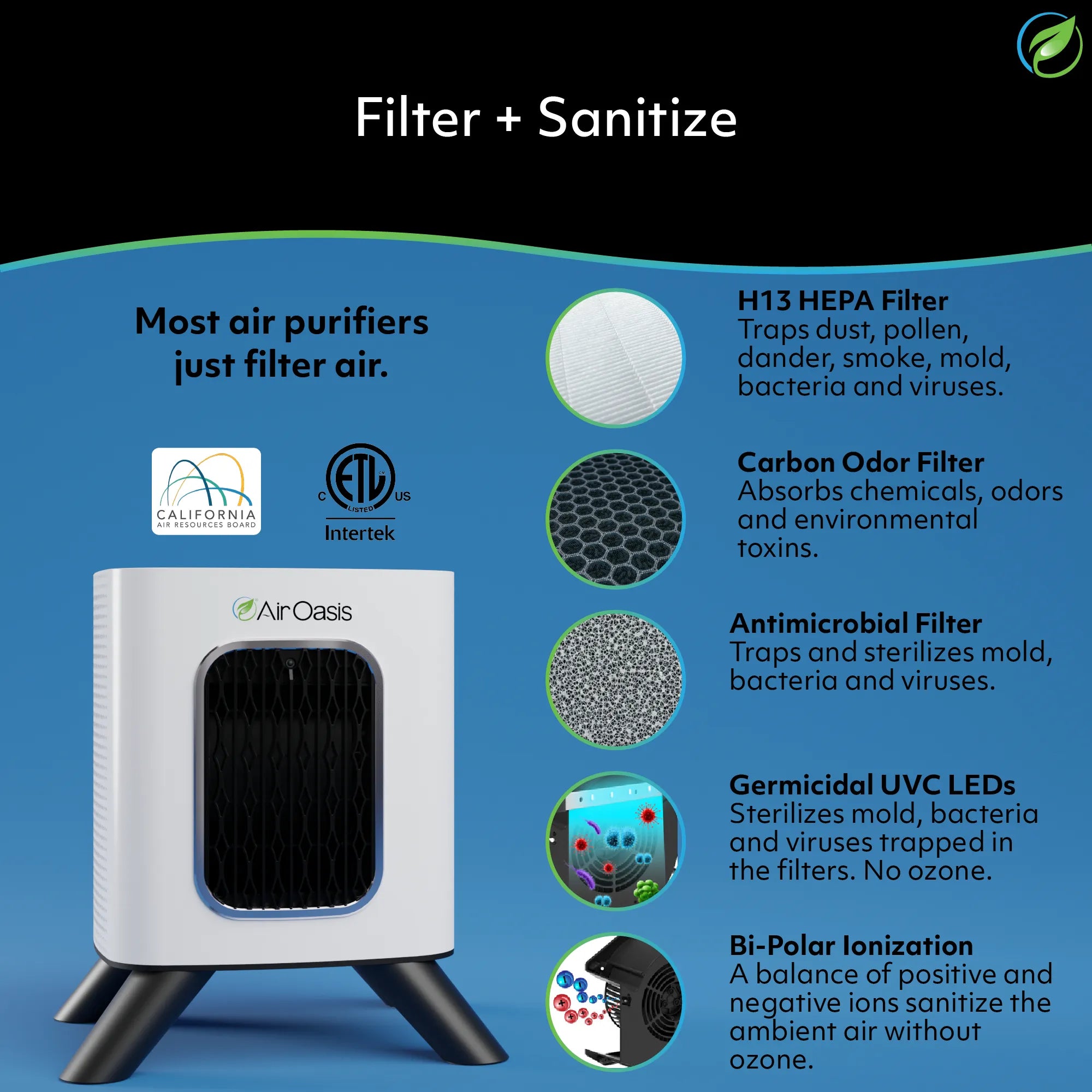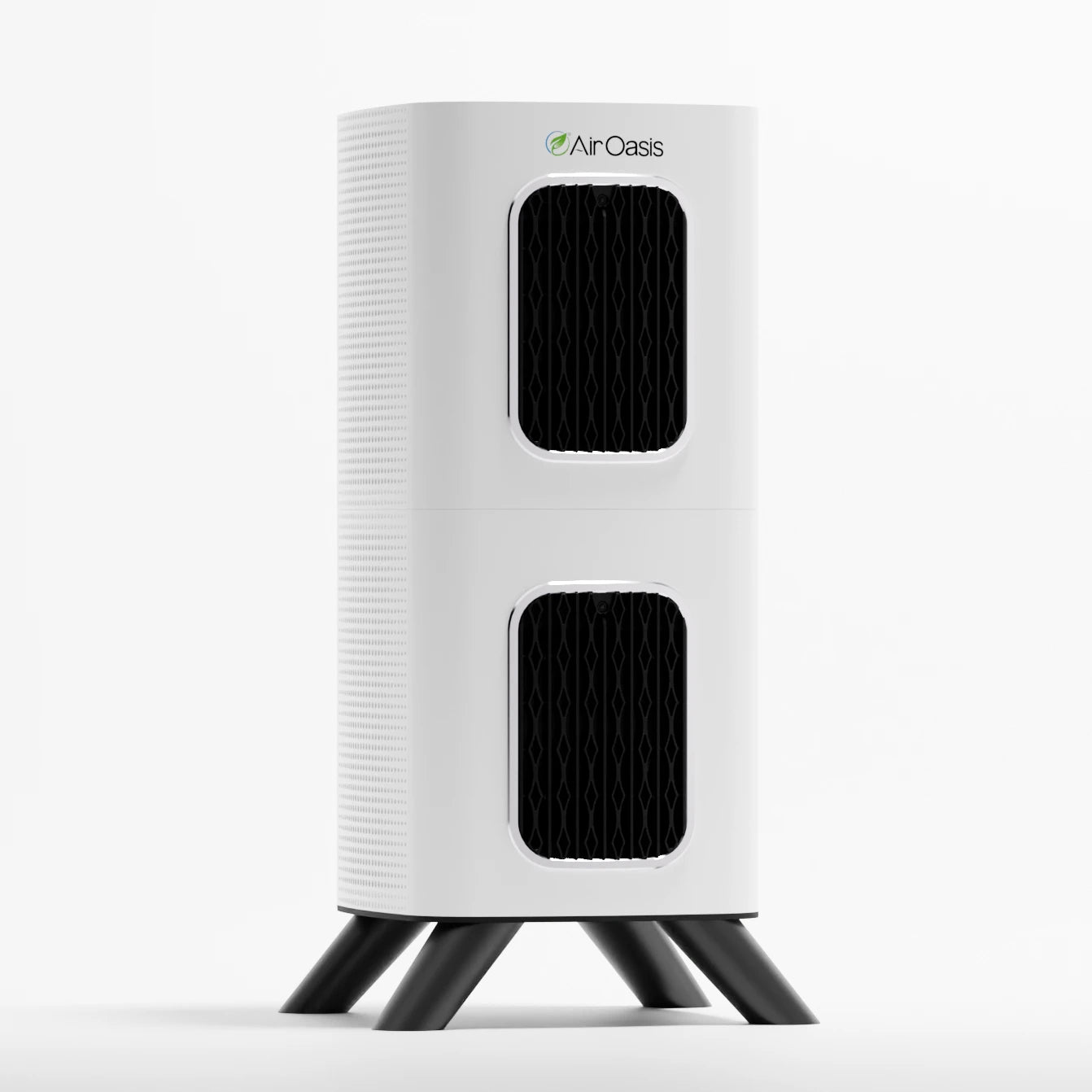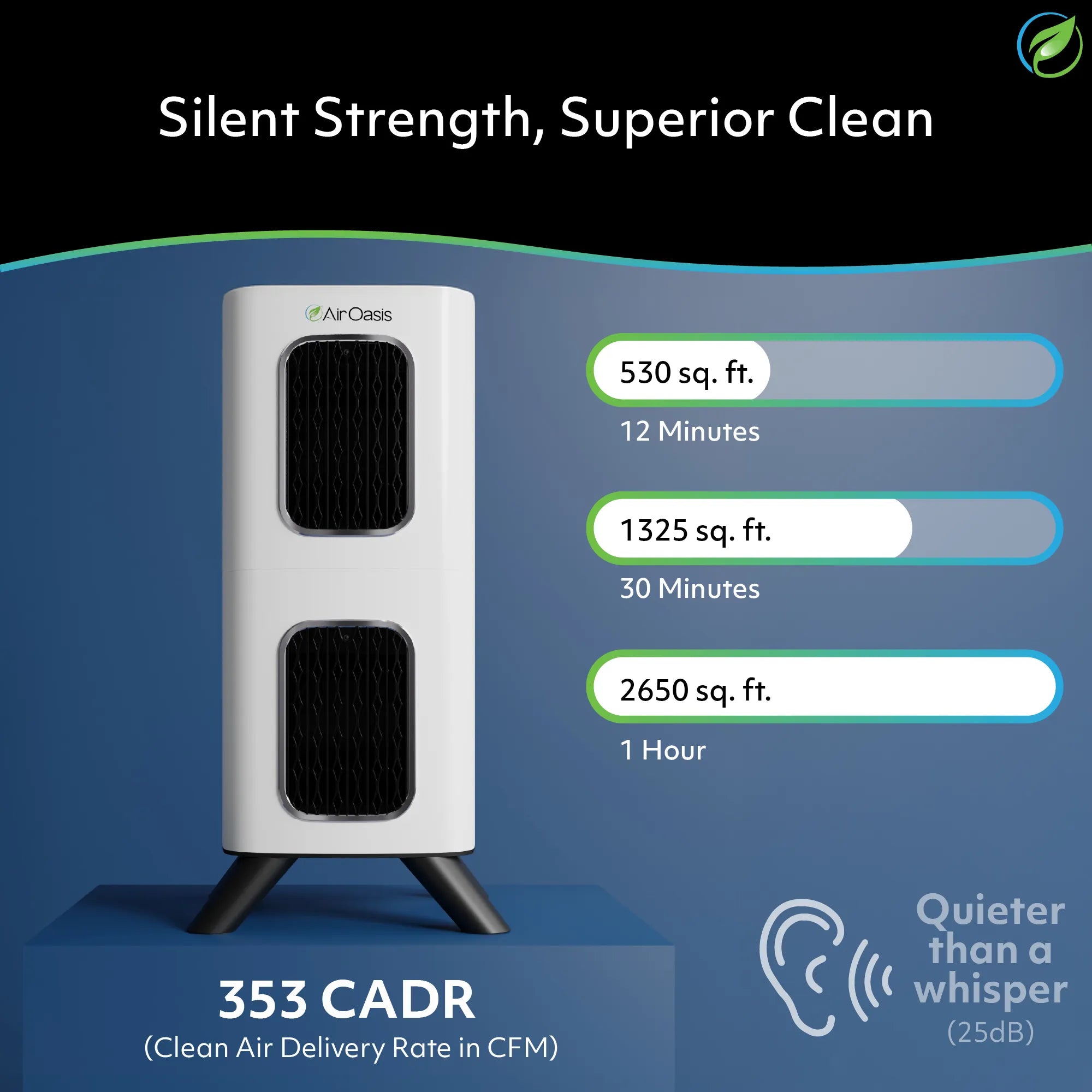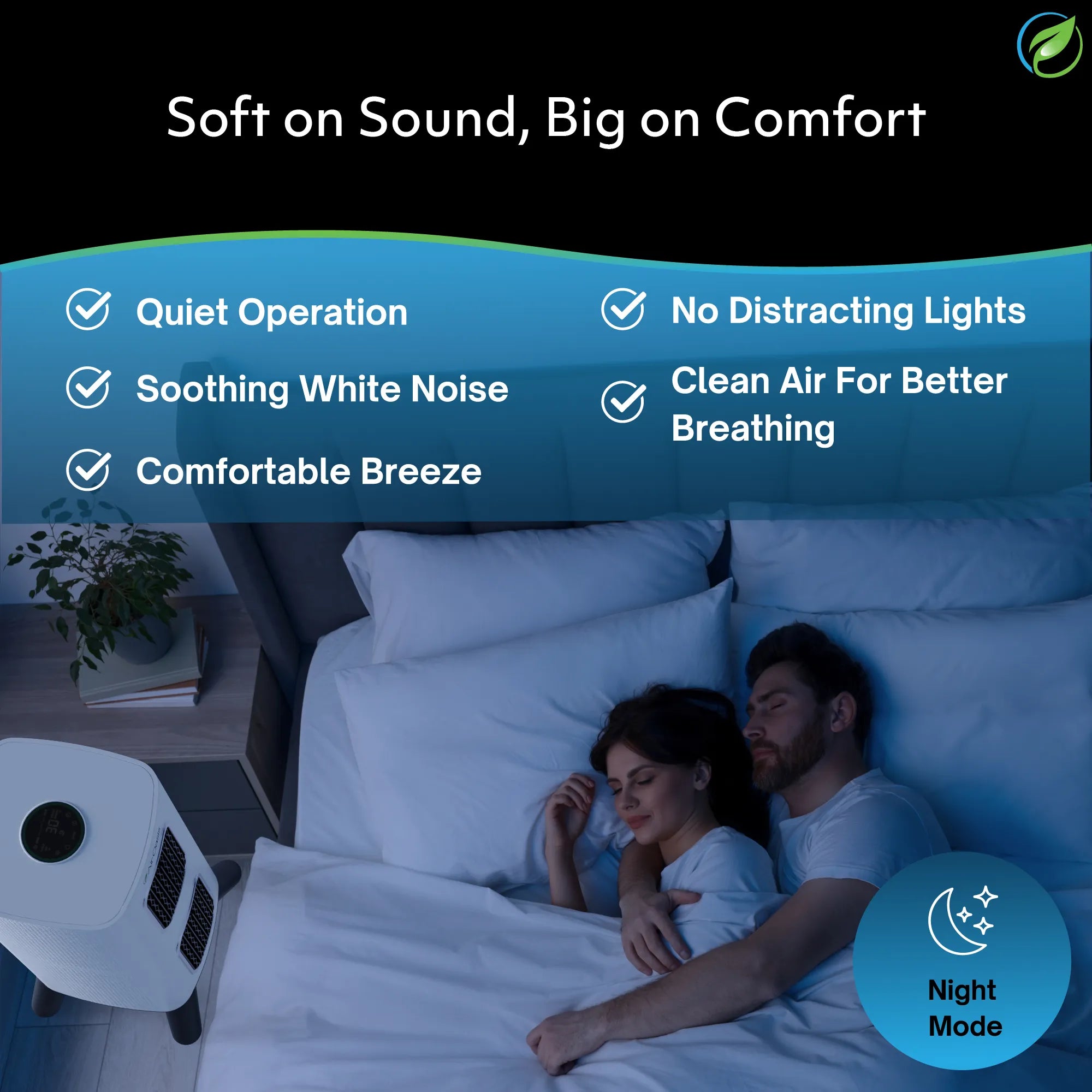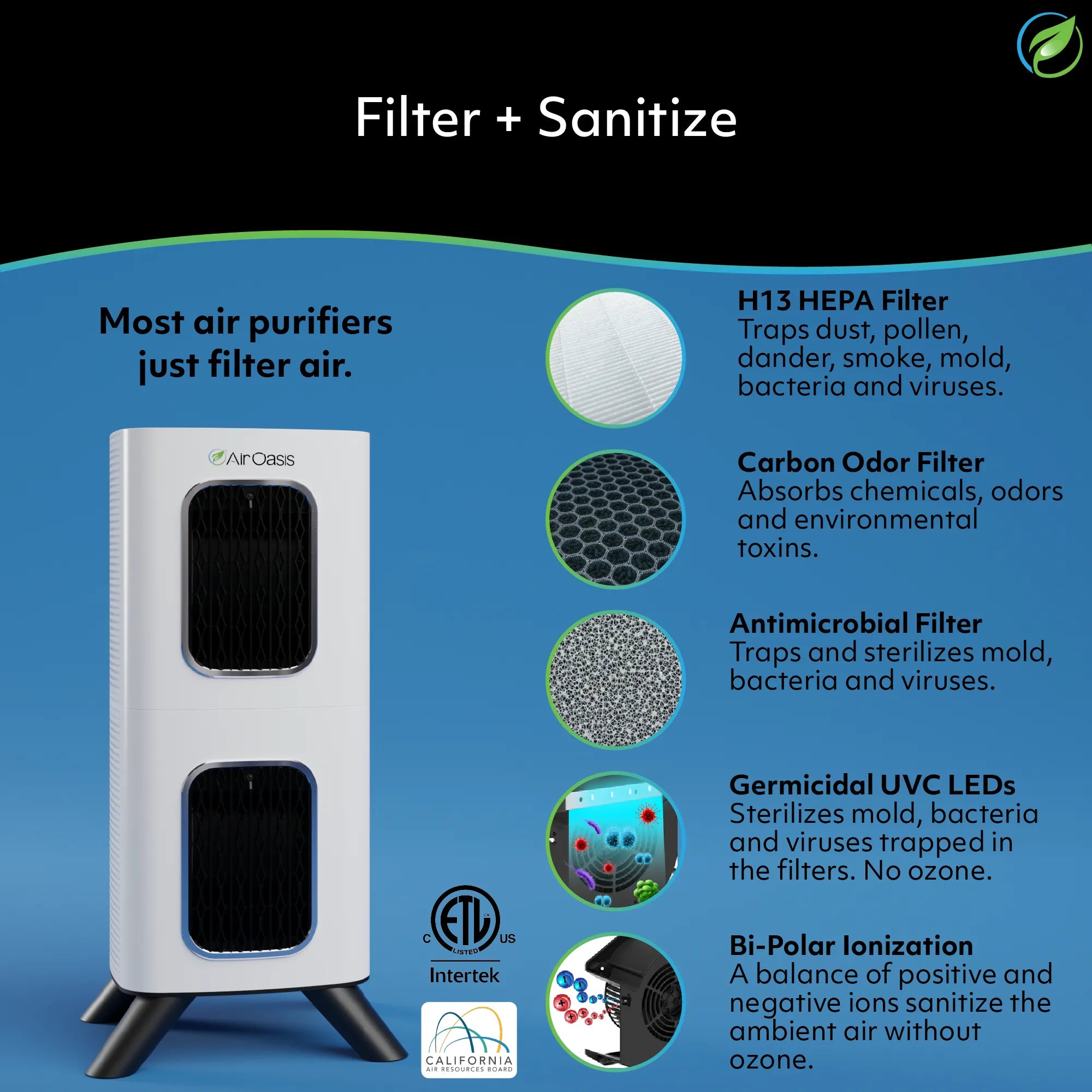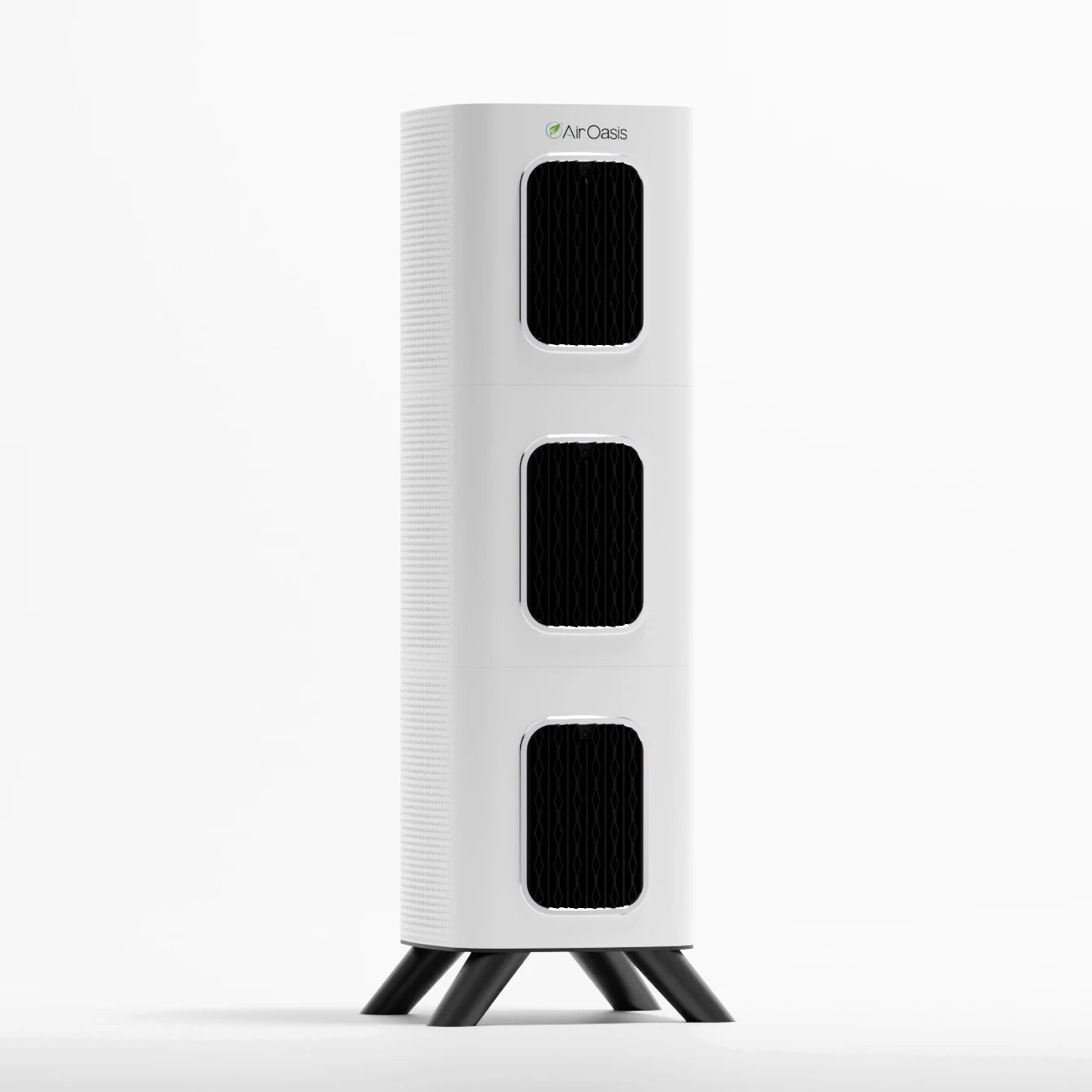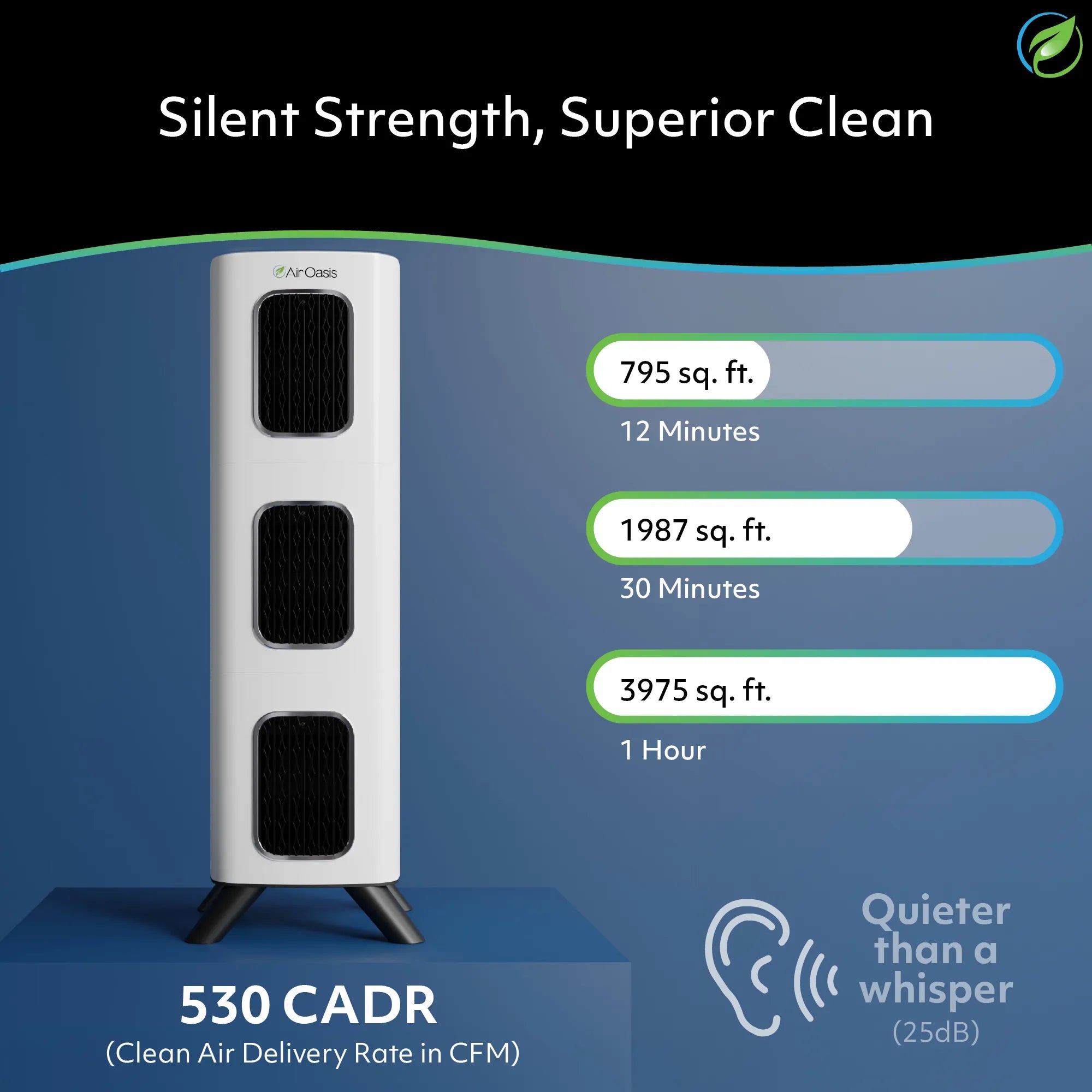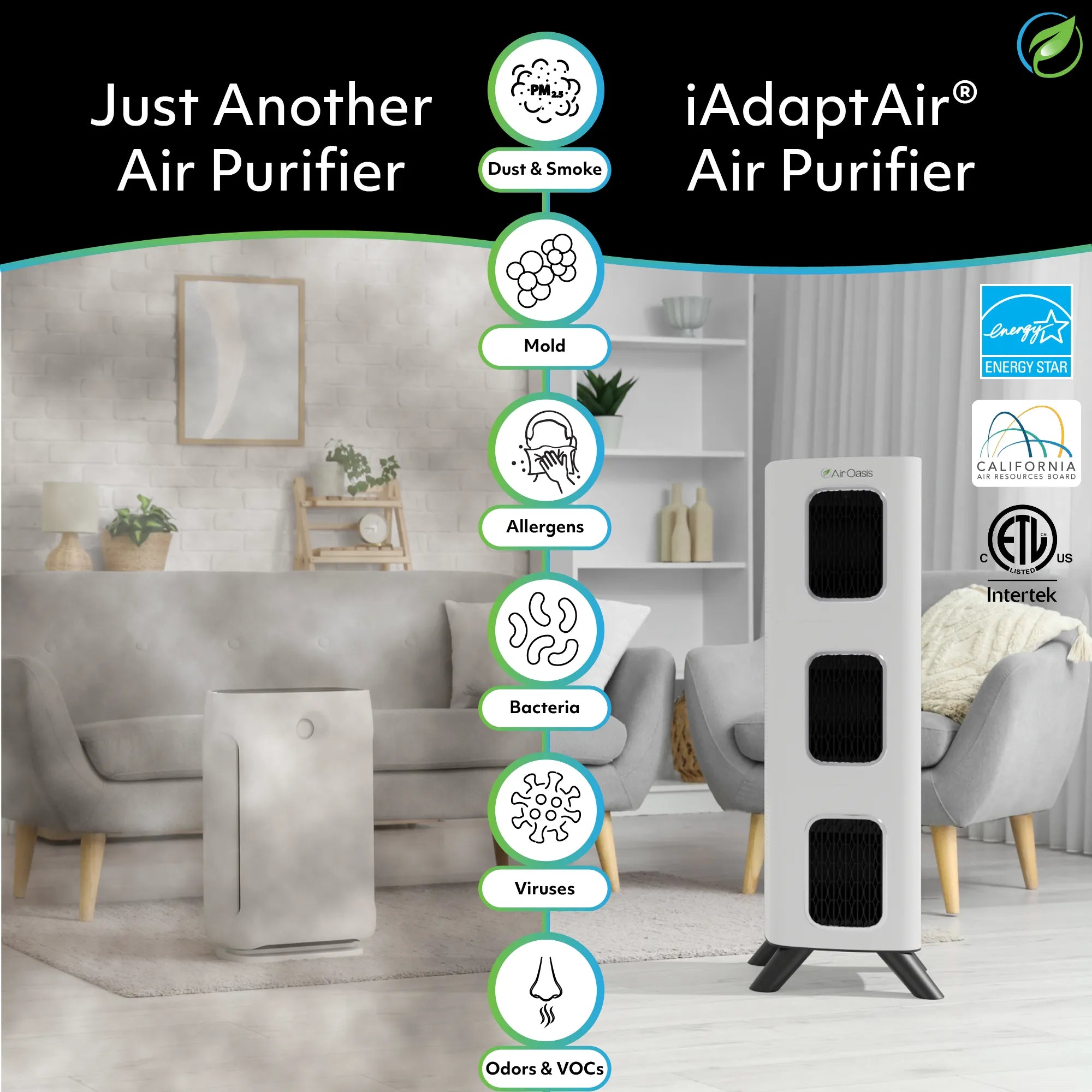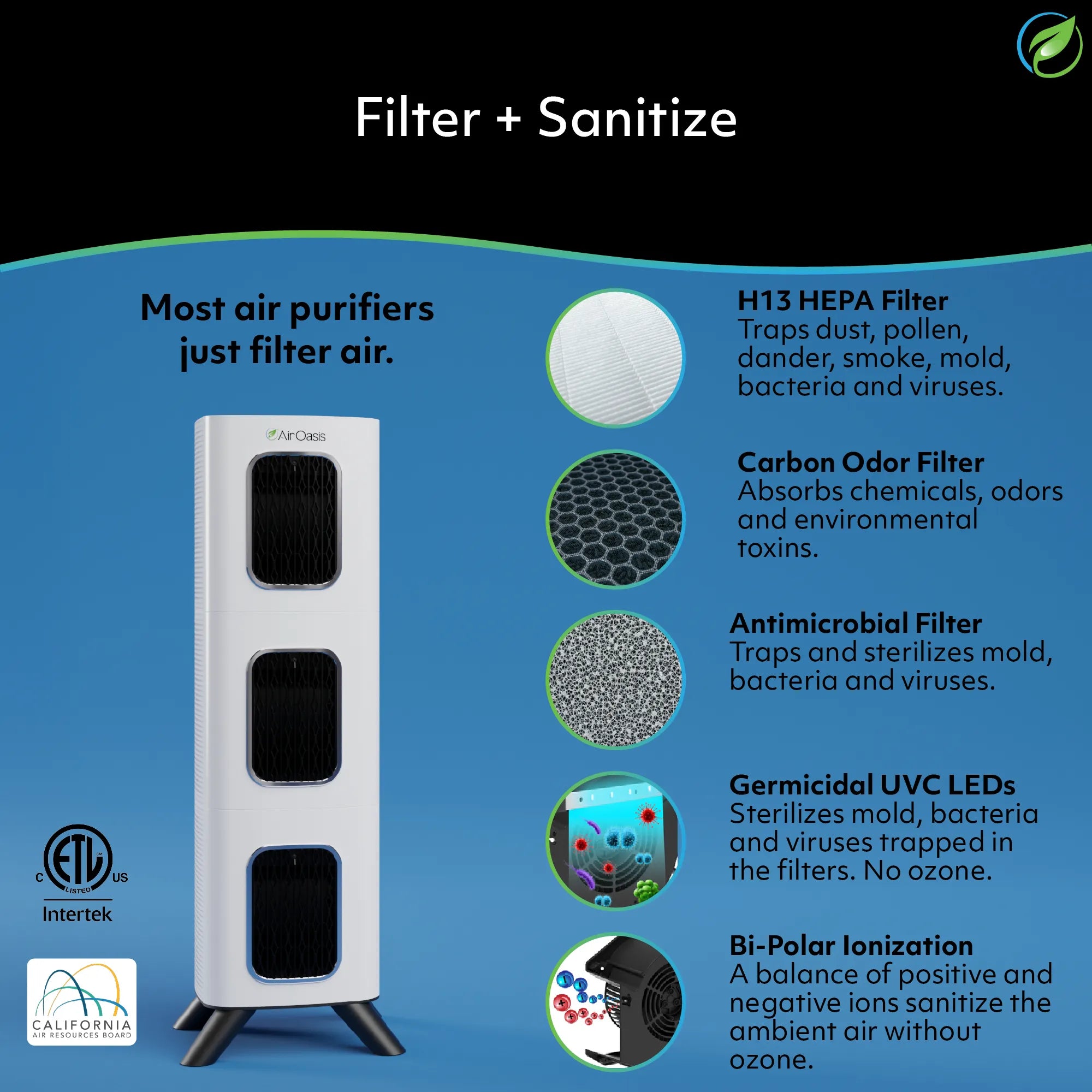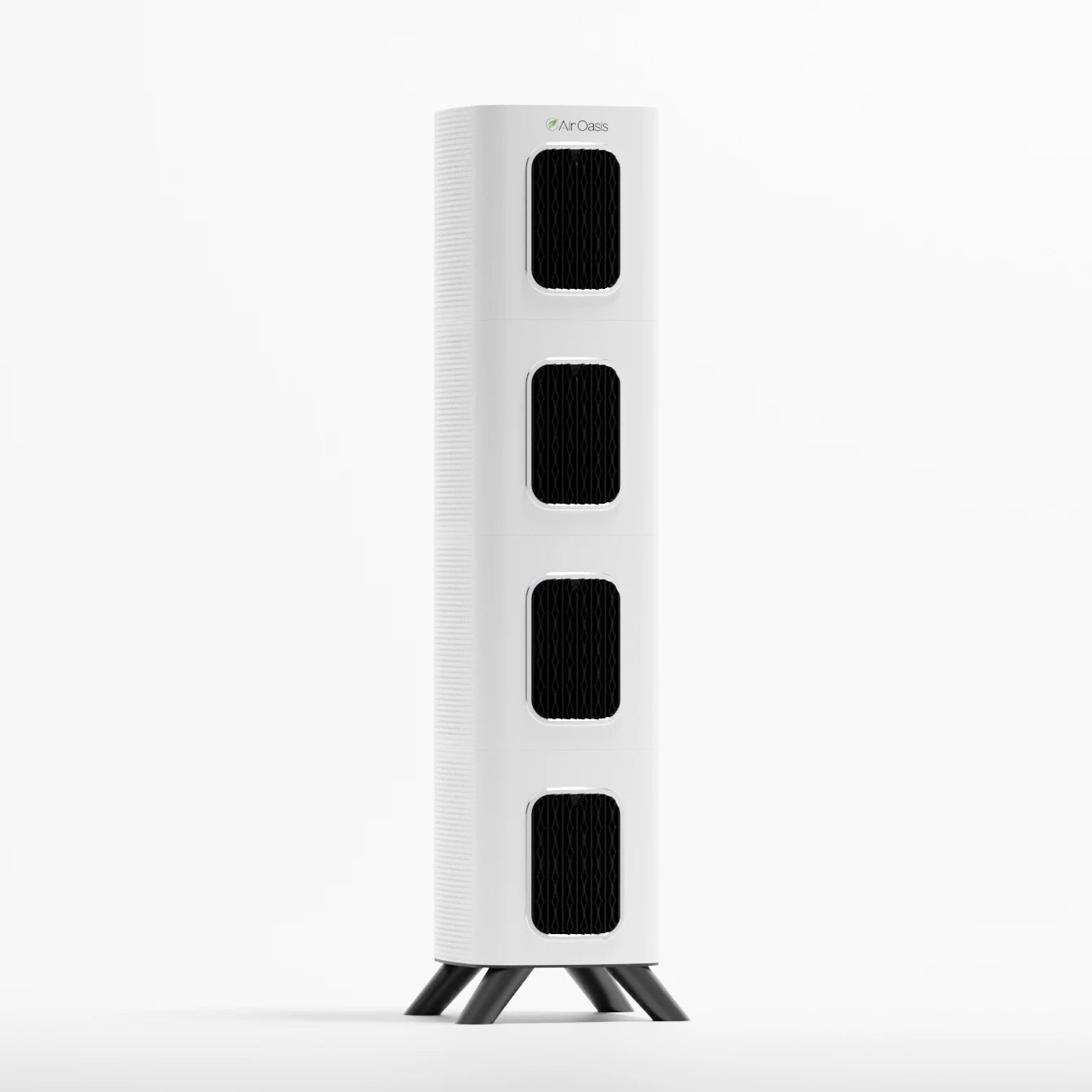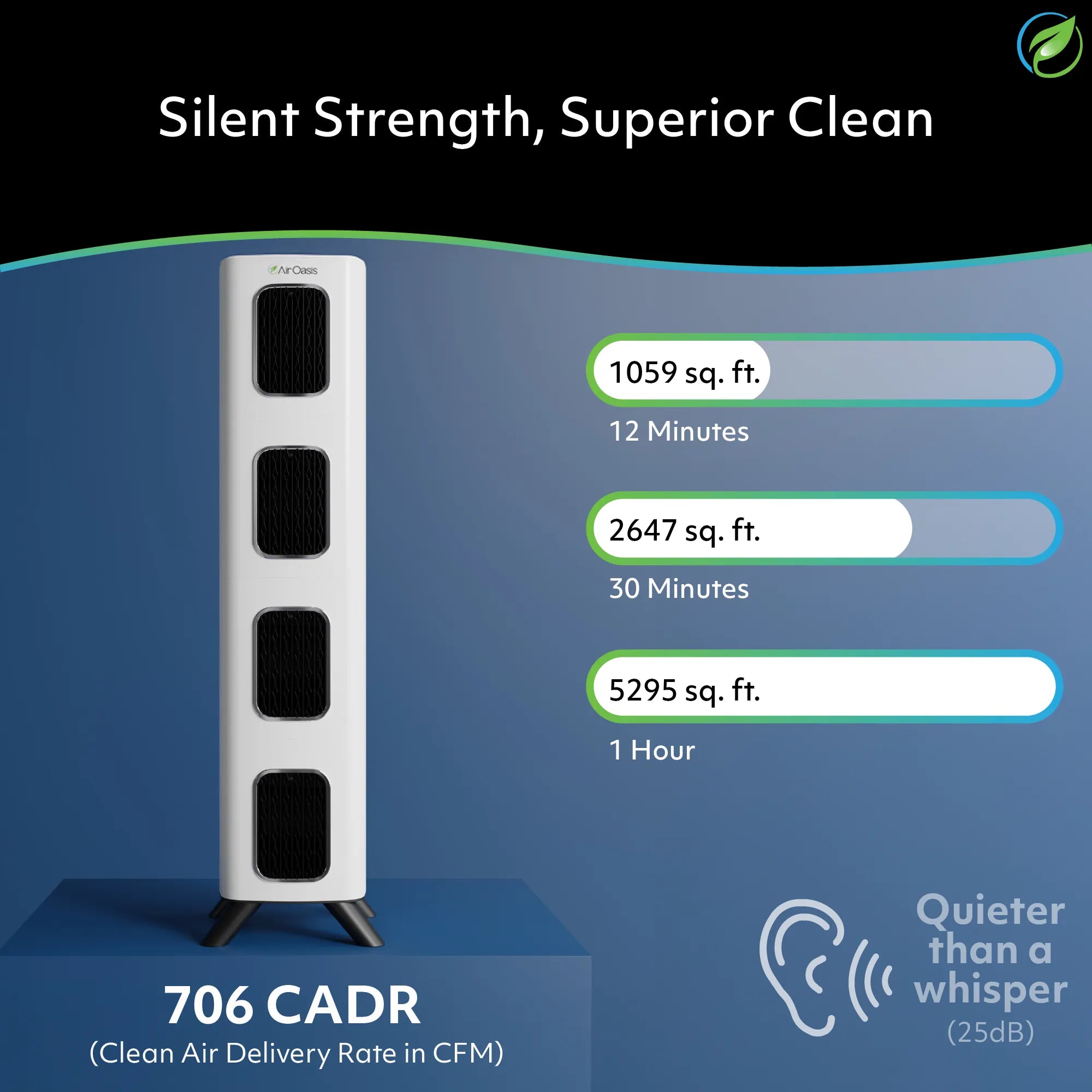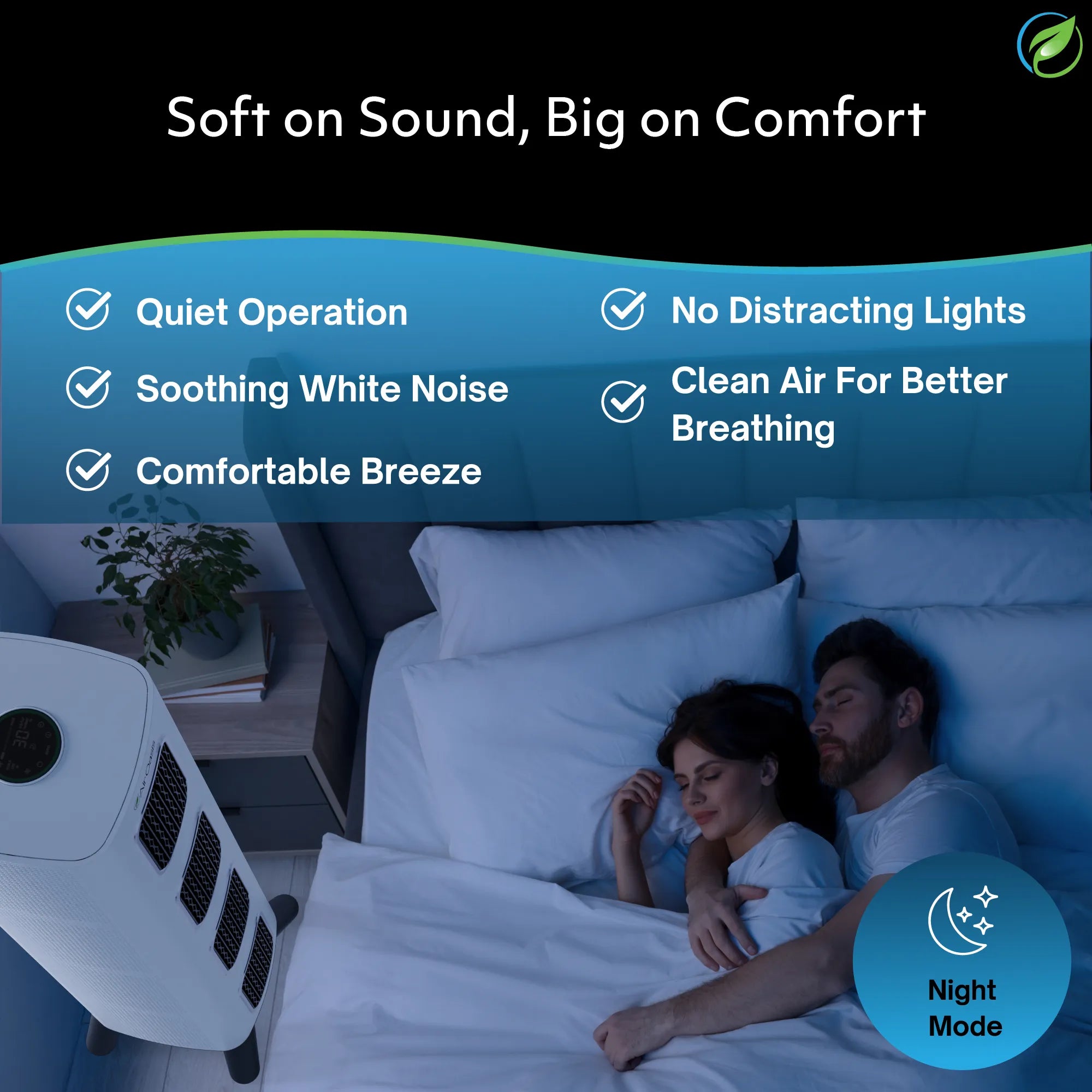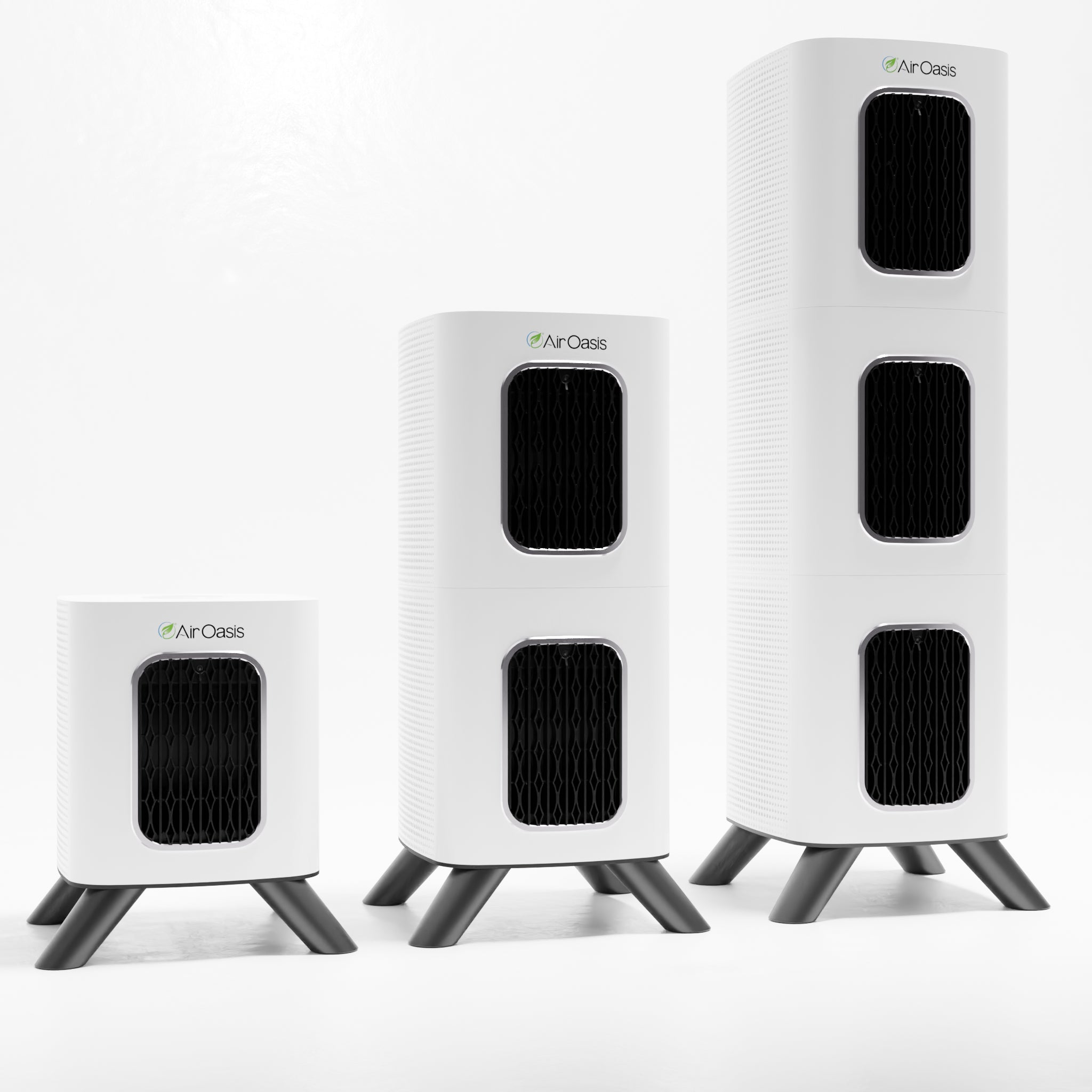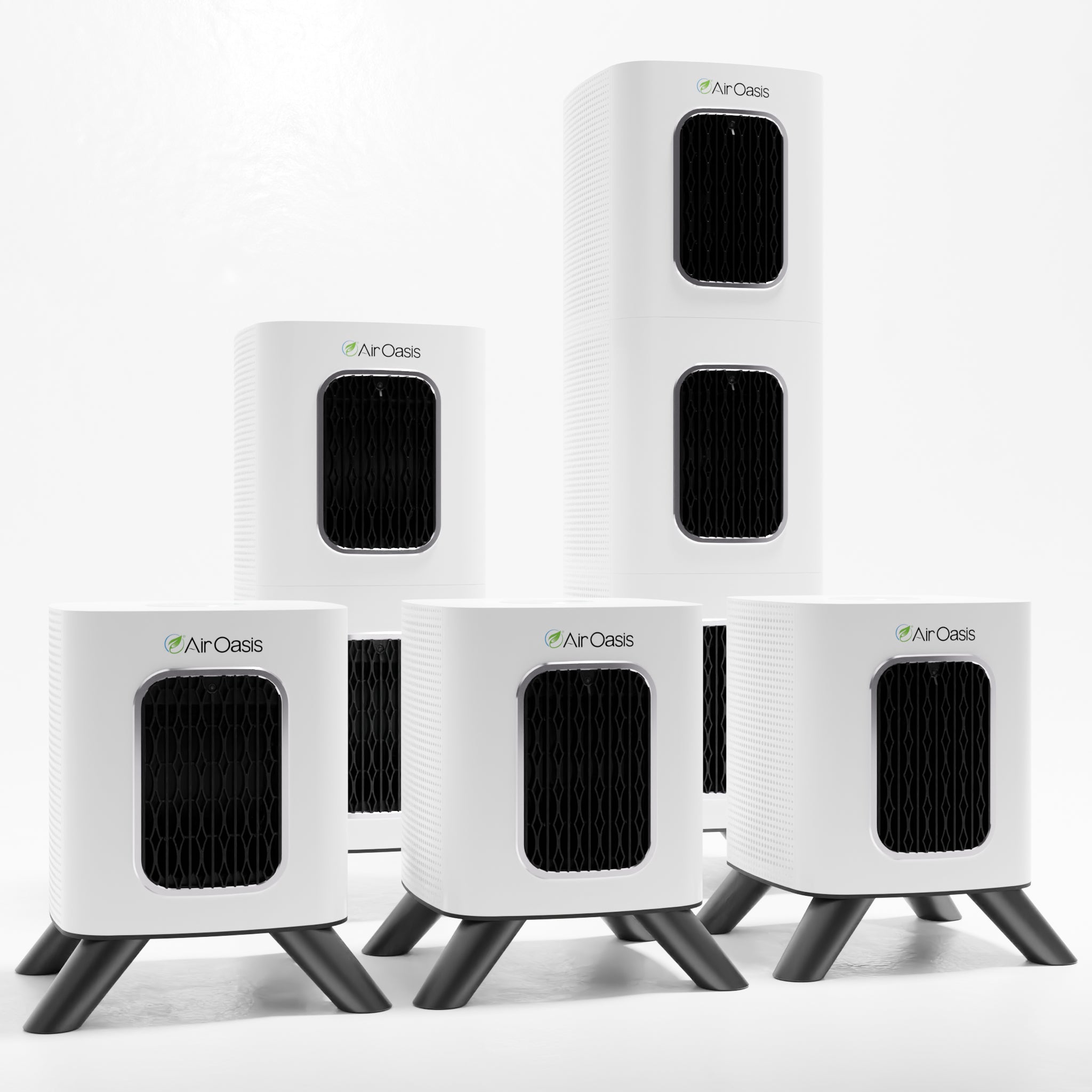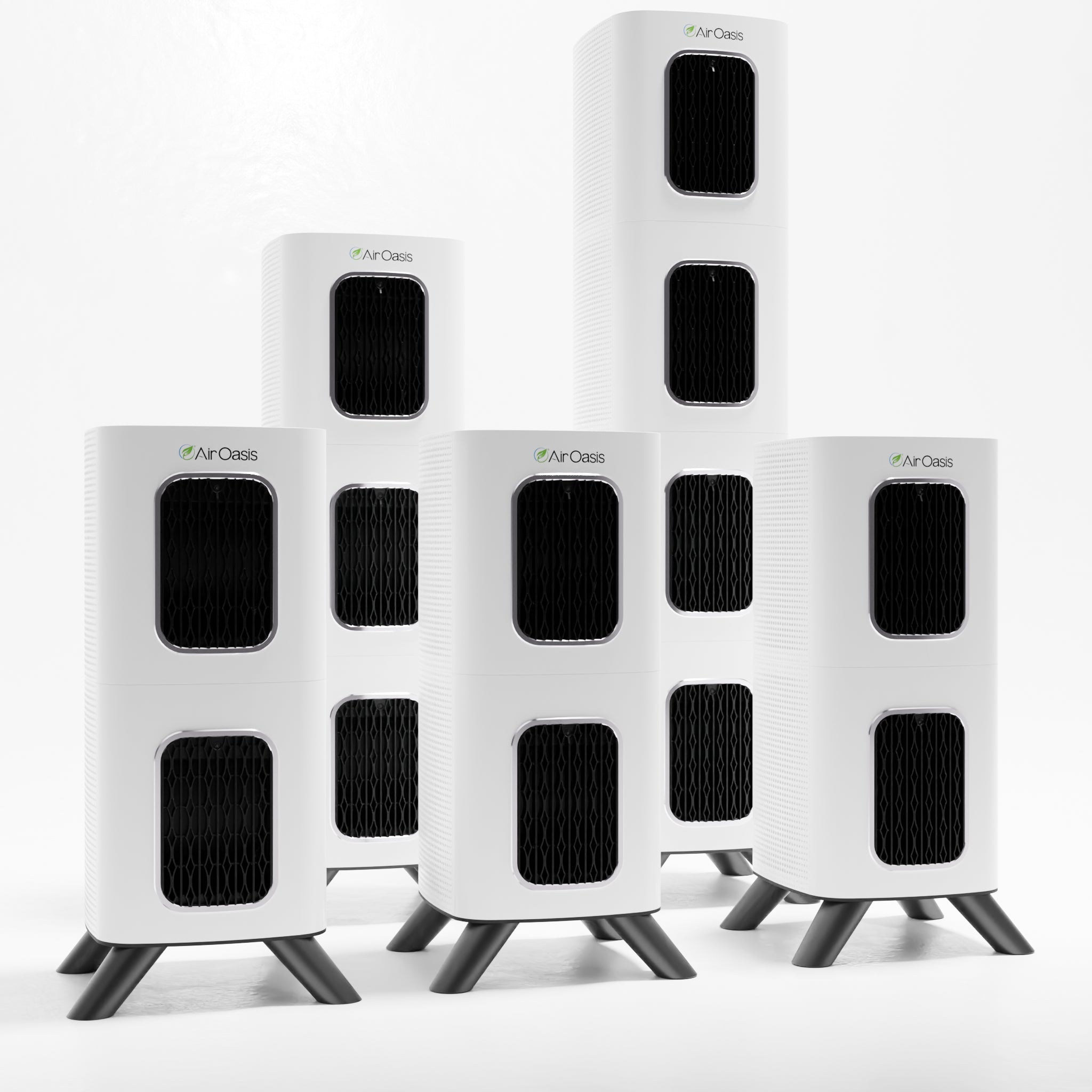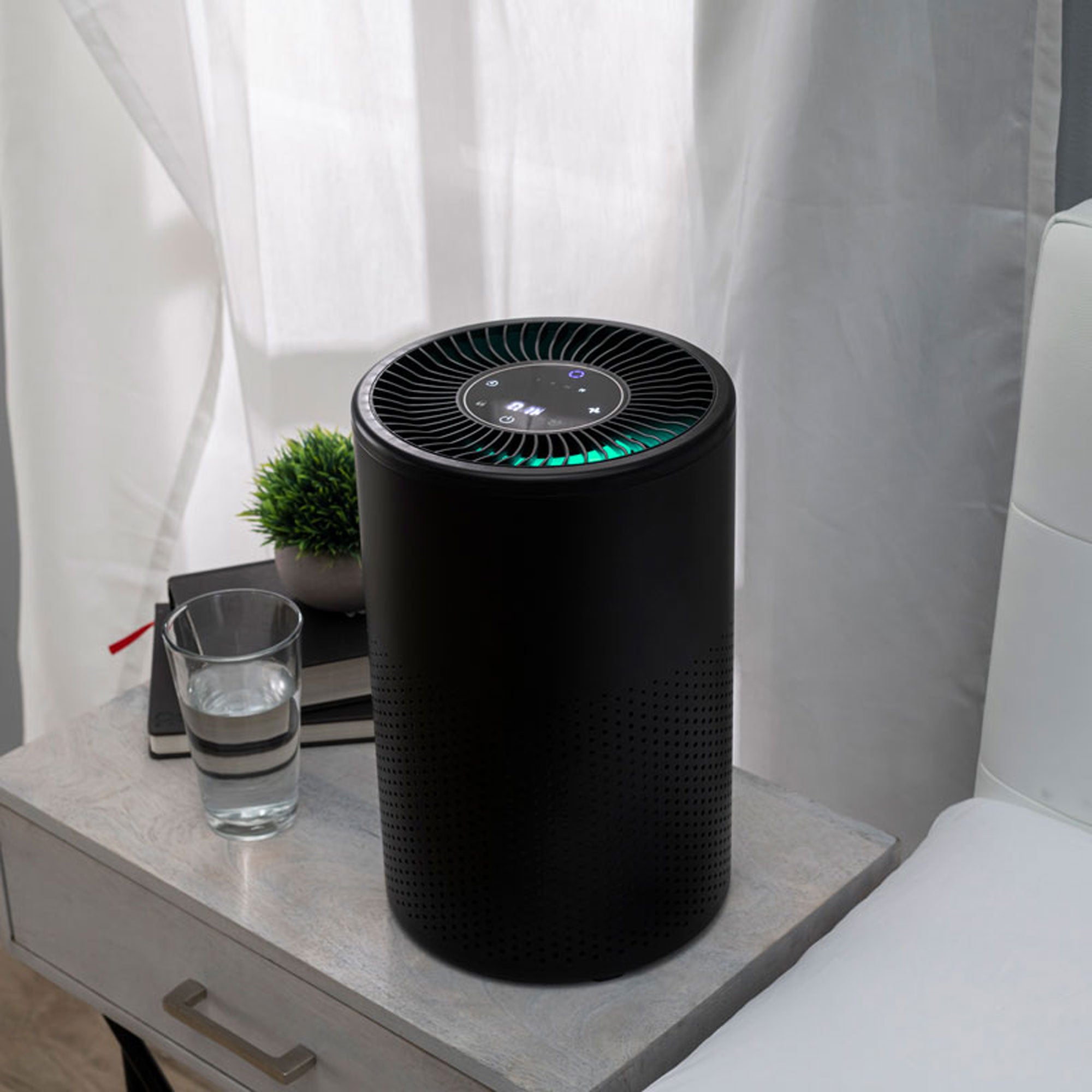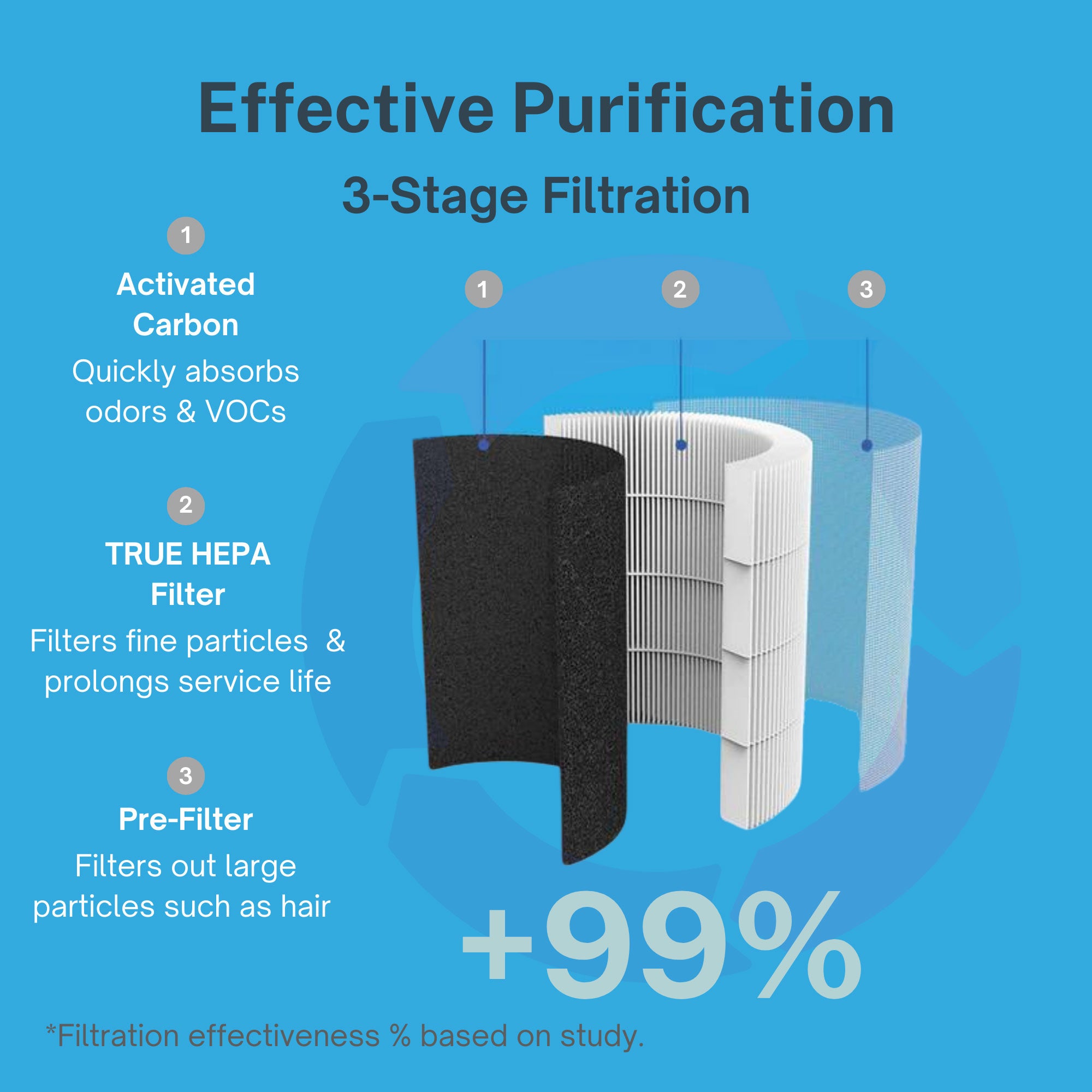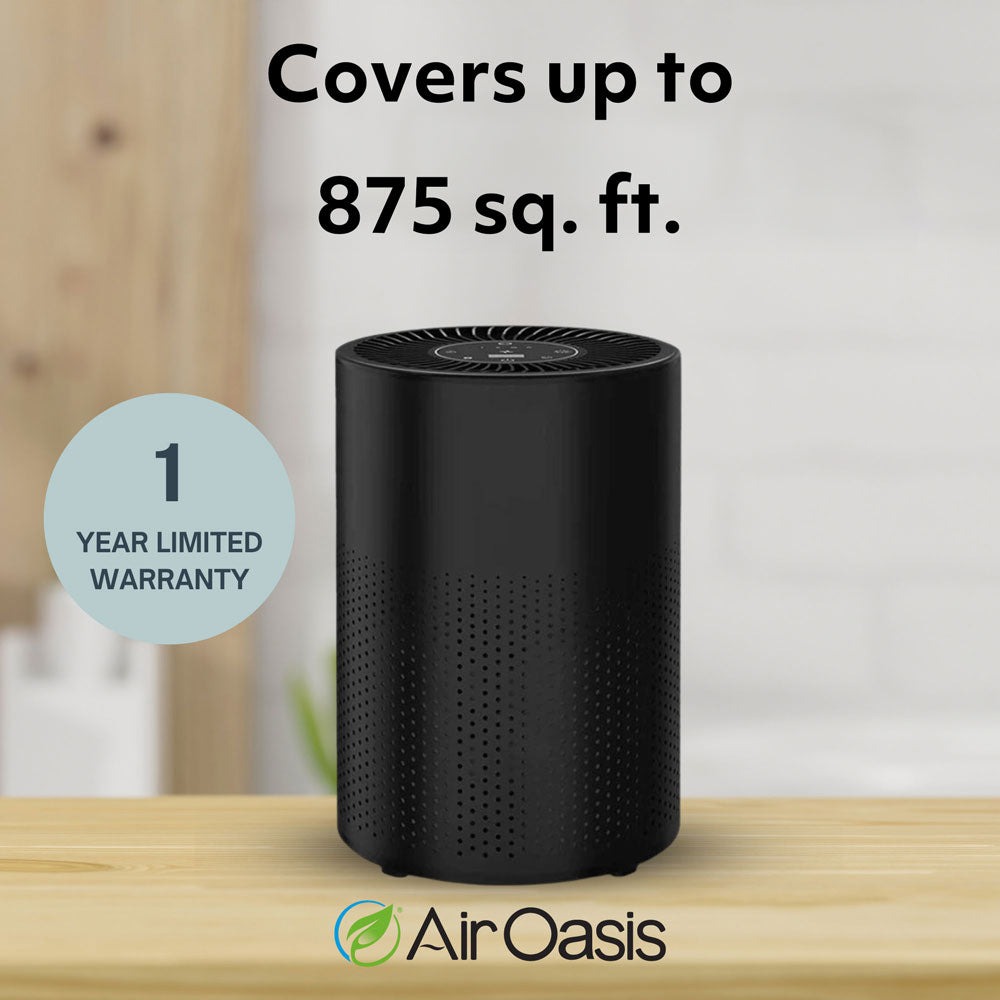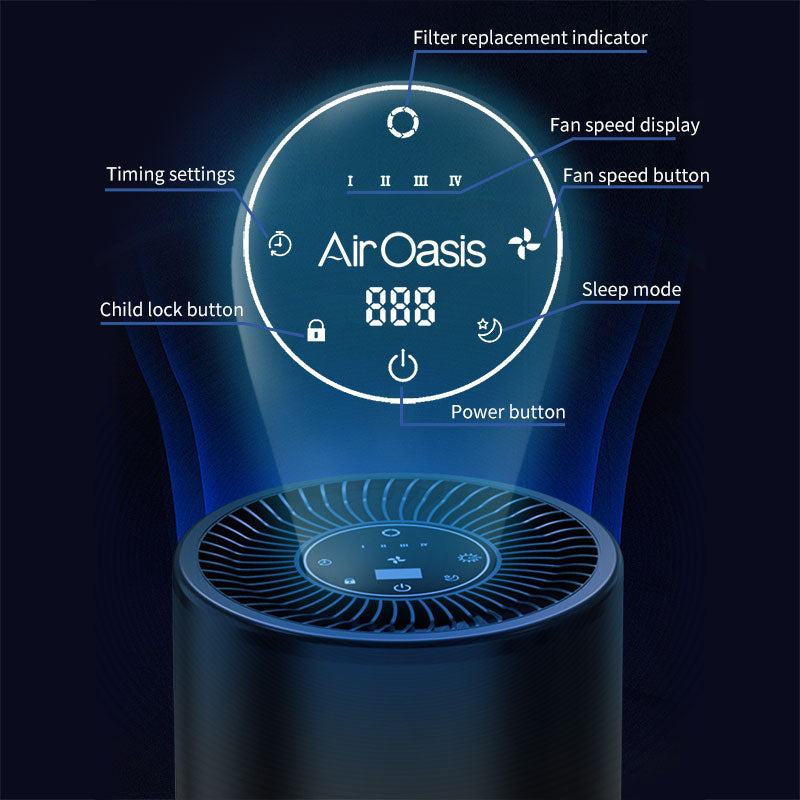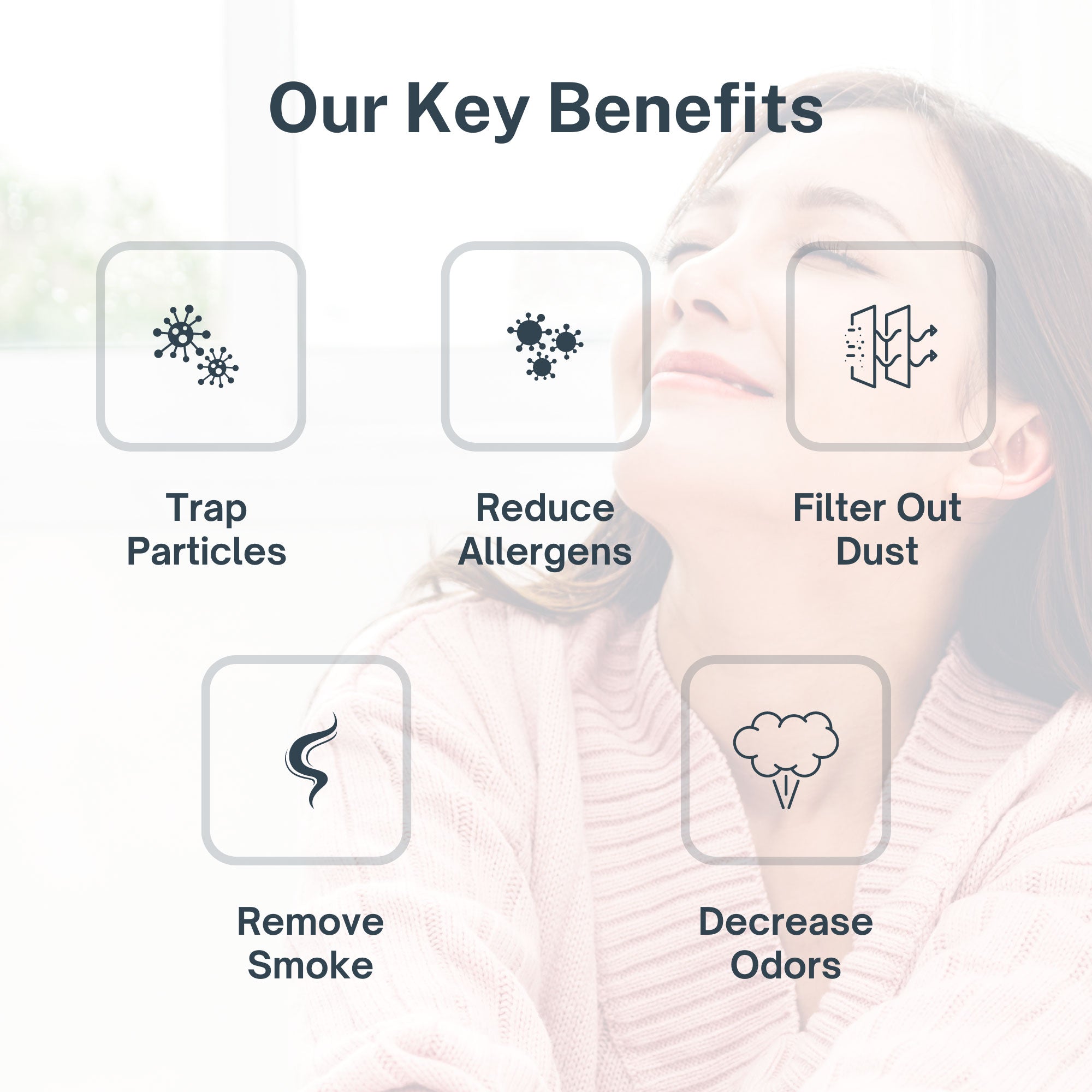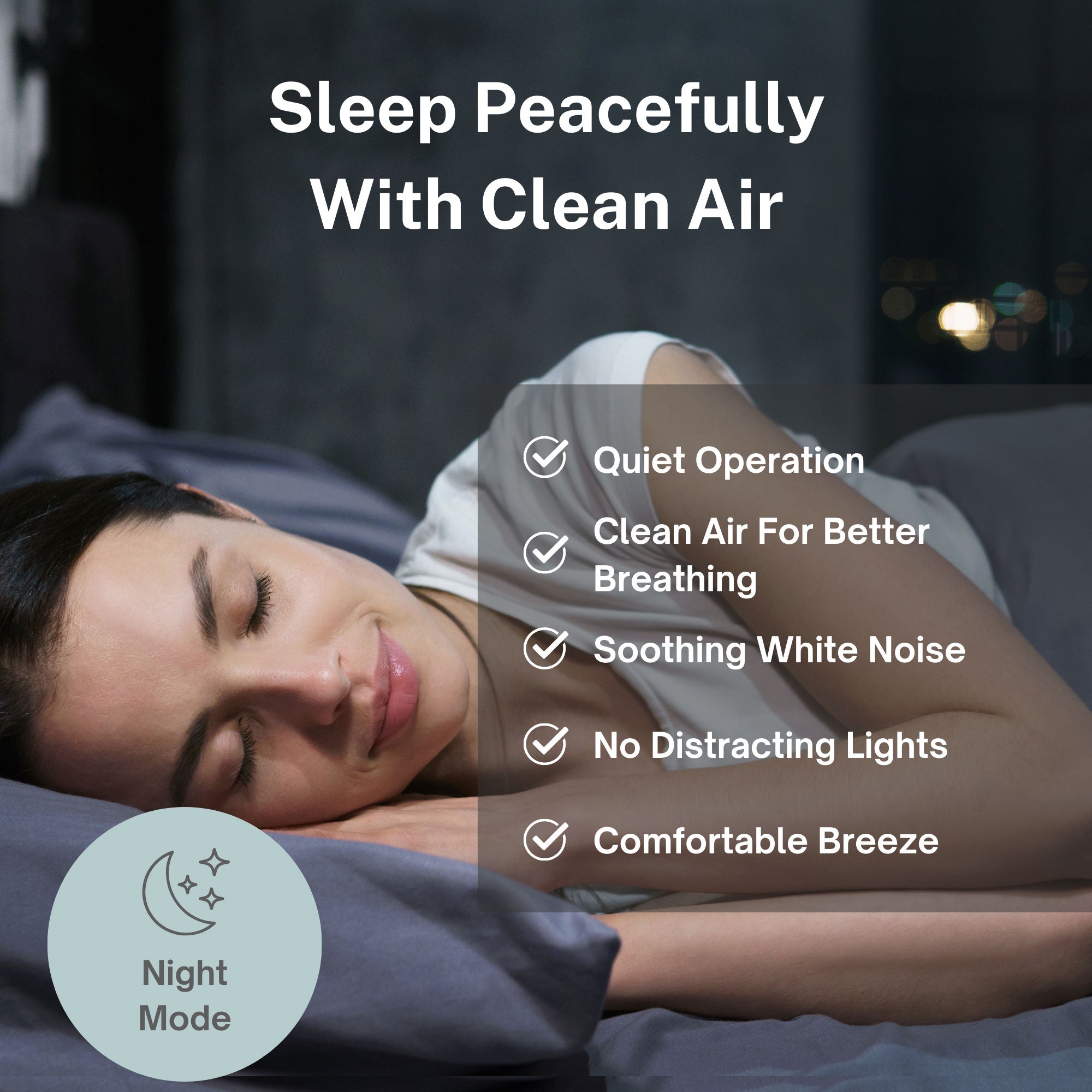Boston Public Schools has partnered with Boston University researchers to implement a comprehensive air quality monitoring system designed to protect over 48,000 students and staff across 121 buildings from harmful air pollutants including mold, pollen, and fine particulate matter.
Grant Funding and Project Scope
Mayor Michelle Wu announced on September 30, 2025, that the Trustees of Boston University, in partnership with Boston Public Schools, will receive $194,691 as part of the 2025 Community Clean Air Grant. The funding will support pilot implementation and assessment of a new air quality monitoring system designed to detect and respond to indoor air pollution events affecting school environments.
The initiative, named the Clean Air, Health and School Sustainability project (CHESS), is led by Patricia Fabián, a Boston University School of Public Health professor and director of the Sustainable Built Environment Lab. The project addresses air quality concerns across BPS facilities serving students in 17 neighborhoods throughout Boston.
According to reporting by Mohan Zhang for The Daily Free Press, the funding will enable the research team to implement a fully developed monitoring system that has been under development for the past three years.
Existing Monitoring Infrastructure
The CHESS team has collaborated with Boston Public Schools for three years, gathering millions of data points from existing sensors installed throughout the school district. These sensors currently record indoor temperature, air ventilation rates, and carbon dioxide levels—parameters that indicate overall air quality and ventilation effectiveness.
Pilar Botana, a team member and School of Public Health doctoral student, explained that the team reports to BPS on which schools require cooling interventions and where ventilation improvements are needed. This data-driven approach helps reduce disease transmission by identifying spaces with inadequate air circulation.
The new funding will support expansion beyond basic environmental monitoring to include specific detection of harmful air pollutants, particularly fine particulate matter known as PM2.5.
Focus on PM2.5 Detection
Beverly Ge, a team member and SPH doctoral student, noted that the air sensors focus specifically on detecting PM2.5, widely regarded as an extremely harmful air pollutant. PM2.5 refers to air particles measuring approximately 2.5 micrometers in diameter—roughly 30 times smaller than the width of a human hair.
According to the Environmental Protection Agency, when inhaled deeply, these microscopic particles can penetrate lung tissue and enter the bloodstream, leading to respiratory and cardiovascular issues. Children face particular vulnerability to PM2.5 exposure due to their developing respiratory systems and higher breathing rates relative to body size.
Climate Change and Indoor Air Quality
Botana emphasized the increasing importance of indoor air quality monitoring as climate change intensifies natural disasters including wildfires. "It's important to put in place a system that ensures we are able to detect events of peaks of poor air quality outdoors and prevent this pollution from coming indoors or, if it comes indoors, to have a plan that can clean the air," Botana stated.
Wildfire smoke events have become more frequent and geographically widespread in recent years, affecting air quality in regions historically unaccustomed to such pollution episodes. Boston experienced significant air quality degradation during the 2023 Canadian wildfire season, when smoke traveled hundreds of miles to blanket the northeastern United States in hazardous particulate pollution.
The monitoring system aims to provide real-time detection of outdoor pollution events that could compromise indoor air quality, enabling schools to implement protective measures before students and staff experience significant exposure.
Implementation Timeline and Notification System
Jinho Lee, a CHESS team member and BU postdoctoral student in SPH, explained that the new project phase, which began in September 2025, will last two years. The team is currently building a foundation and developing plans to apply the actual pilot experiment in 2026.
The project's ultimate goal, according to Lee, is protecting students and school staff by increasing awareness of air pollutants and providing actionable strategies to combat them. Once implementation is complete, whenever an outdoor event disrupts a BPS school's indoor air quality, the school will receive notification of the event along with specific steps needed to lower pollutant levels.
The notification system will provide schools with simple, feasible strategies to combat air pollution and test their effectiveness in real-world educational settings. Lee emphasized the practical nature of recommended interventions: "We are trying to use interventions or strategies that everyone can use, like turning on the air purifier or closing windows frequently or avoiding outdoor activities."
Project Origins and Expansion
Ge explained that Fabián initially reached out to Boston Public Schools after noticing the district had installed indoor air quality sensors during the COVID-19 pandemic following public concern about wildfire smoke infiltrating buildings. The existing sensor infrastructure provided a foundation upon which the CHESS team could build more sophisticated monitoring capabilities.
The newly provided funding enables the team to expand the district's initiative substantially. "When we found out about this funding opportunity, it felt like a really great overlap between something we'd already heard the schools ask for and this funding opportunity, which would allow us to, as researchers, step in and help bring that original idea they had to another level, using our scientific expertise," Ge stated.
The collaboration exemplifies how academic research partnerships can address practical public health concerns in educational settings while advancing scientific understanding of indoor air quality management.
Health Impacts on Learning
The connection between air quality and educational outcomes represents a significant concern for school administrators and public health officials. When mold, pollen, and other air pollutants circulate through school buildings, students can experience headaches, asthma exacerbations, and respiratory illness—all conditions that interfere with learning and increase absenteeism.
Research has demonstrated that poor indoor air quality affects cognitive function, reducing students' ability to concentrate, process information, and perform academically. For students spending six to eight hours daily in school buildings, chronic exposure to elevated pollutant levels can produce cumulative health impacts affecting both immediate wellbeing and long-term development.
Policy Implications
Lee expressed hope that the project will help establish new policies for maintaining indoor air quality both citywide and nationwide. The CHESS initiative could serve as a model for other school districts seeking to protect students from air pollution while developing evidence-based intervention strategies.
Botana emphasized the team's commitment to ensuring students can attend school without facing health risks associated with air pollutants: "Within the CHESS team, we will continue to focus on ensuring good environments for school students that promote wellbeing and optimal learning."
The project's emphasis on practical, implementable solutions rather than expensive infrastructure overhauls makes the model potentially scalable to districts with varying resource levels.
Indoor Air Protection for Schools and Homes
The Boston Public Schools initiative highlights the importance of proactive air quality monitoring and response in spaces where children spend significant time. While comprehensive monitoring systems require institutional investment and coordination, families can take immediate action to protect children's respiratory health at home.
The iAdaptAir system provides medical-grade HEPA filtration capturing 99.97% of particles as small as 0.3 microns, effectively removing PM2.5 and other fine particulates from indoor air. For families with school-age children, particularly those with asthma or allergies, maintaining clean home air complements school-based protective measures.
During wildfire events, high outdoor pollution days, or seasonal allergy periods, comprehensive indoor air purification helps reduce children's total daily exposure by creating cleaner breathing environments during non-school hours.
Protect Children's Respiratory Health
Boston Public Schools' investment in air quality monitoring demonstrates growing recognition that clean indoor air is essential for student health and academic success. While schools work to implement protective systems, parents can take action to safeguard children's respiratory health at home.
Invest in proven air purification technology designed to remove PM2.5 and other harmful pollutants affecting children's health and learning. Shop Air Oasis today and create cleaner indoor air where your family lives and learns.

